Resources Guide for free Internet, Computers, and Tech for Students and Educators
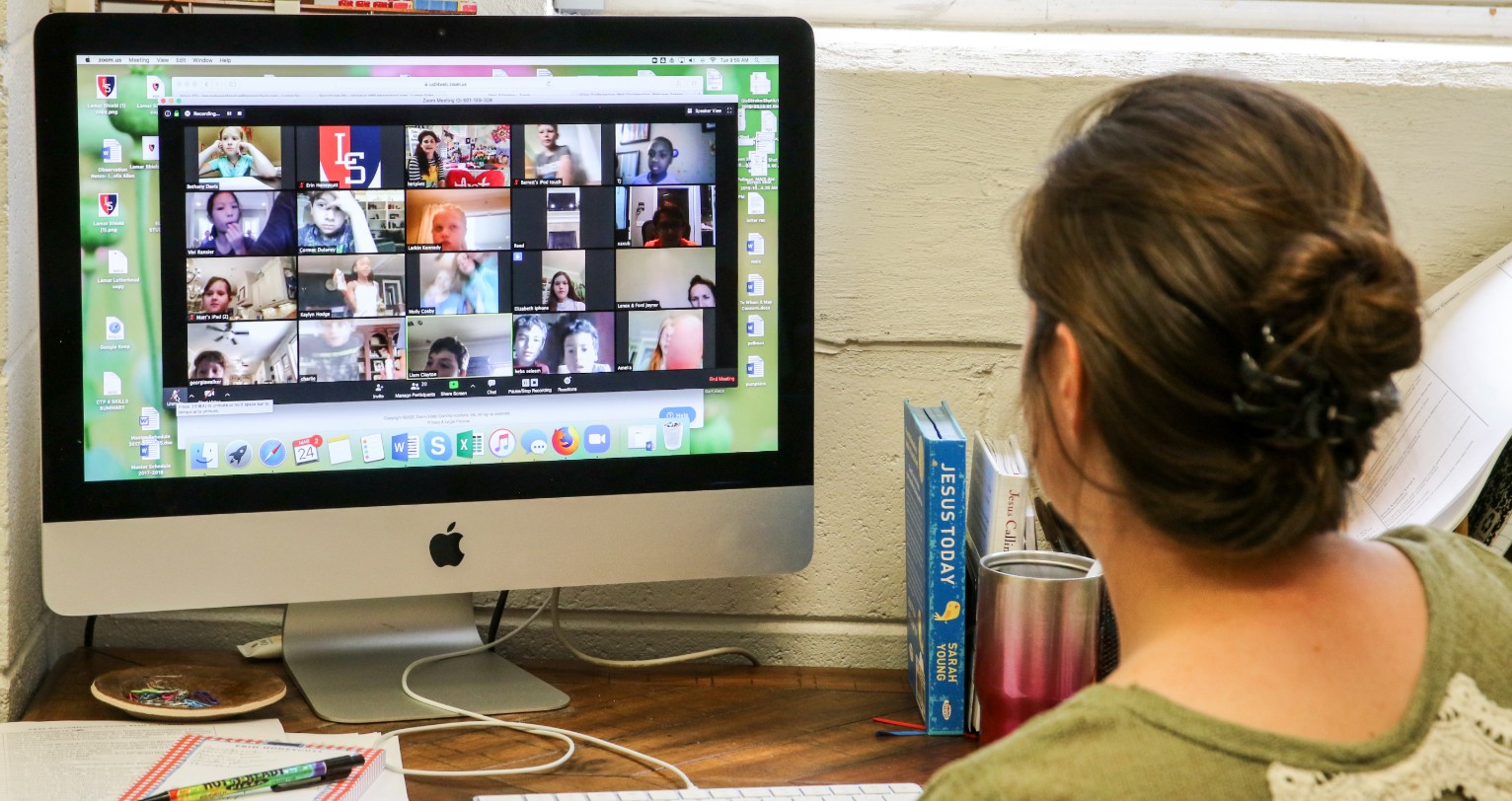
Here is everything you need to know about all of the internet discounts accessible to educators and students. The overnight transition to remote learning during the COVID-19 pandemic has provided an immense issue for millions of Americans caught in the digital divide.
According to a recent Associated Press analysis of US census data, an estimated 17 percent of kids in the United States do not have access to computers at home, and 18 percent do not have access to a broadband internet connection.
This is known as the homework gap, and it relates to kids who are unable to finish school assignments at home due to a lack of internet access. “The homework gap isn't simply about schoolwork anymore,” according to one analysis on the subject. Last year, more than 50 million public school kids learned remotely, and it is likely to continue in some form in the future.
Who is impacted by the digital divide, and what can be done to assist them?
While an internet connection is now used in practically every facet of schooling, the digital divide affects everyone differently. This section will discuss the needs of various groups, ranging from elementary school pupils to libraries, as well as the organizations that are assisting them.
K-12 Students
Students in kindergarten through 12th grade are among the most affected by the digital divide. According to the Pew Research Center, about six out of ten students do their homework on the internet at home every day or practically every day.
Unfortunately, roughly 15% of American households with school-aged children do not have access to high-speed internet, putting them at a tremendous disadvantage when it comes to learning. Of course, the COVID-19 pandemic has only made matters worse.
More than 50 million public school kids were learning remotely last year, according to a June 2020 analysis from Common Sense Media and the Boston Consulting Group, yet nine million of them lacked the appropriate device or internet connection.
The following organizations are now working to bring these K-12 kids together. You can jump down the page for more information by clicking on the following links:
Discounts from internet service providers:
Families with a K-12 student who receives reduced-price lunches or participates in a government assistance program like SNAP are eligible for savings from Altice Advantage, Cox Connect2Compete, Mediacom, and WOW!
Benefits for Emergency Broadband:
Everyone that qualifies for Lifeline or obtained a Federal Pell Grant in the previous year can save $50 per month on home internet.
Lifeline:
The Lifeline program allows households with an annual income of less than $135 percent of the federal poverty level to save $9.95 on their monthly internet service.
The ON IT Foundation is a non-profit organization that promotes information technology.
Low-income families with K-12 pupils can apply for laptops and internet access through this nonprofit by writing to the organization directly.
College students
While the homework gap has mostly focused on K-12 pupils, it also has a significant impact on individuals pursuing college degrees. According to a report published by the Midwestern Higher Education Compact, approximately one-fifth of college students said that technological impediments hampered their involvement in online learning. Black and Hispanic kids were disproportionately affected, as with most digital divide trends.
Fortunately, there are a number of excellent services available to assist college students in staying connected. To learn more about each choice, follow the links below:
Benefits for Emergency Broadband:
Anyone who qualifies for Lifeline or received a Federal Pell Grant this year can save $50 each month on home internet.
Lifeline:
Students with an annual income of less than $135 percent of the federal poverty level ($12,880 for one person) can use the Lifeline program to save $9.95 on their monthly internet service.
Internet service from Xfinity:
For college students who live in Xfinity's service zones, varied discounts are available.
Teachers and school administrators
Many teachers, like students, are affected by the homework gap. According to a survey by Common Sense Media and the Boston Consulting Group, around 10% of public school teachers — 300,000 to 400,000 people — do not have enough internet access to conduct remote learning lessons. Teachers and administrators can utilize the following resources to keep themselves and their students linked for remote learning:
Optimum:
Optimum is the only nationwide internet provider that offers a discount to teachers, offering 60 days of free high-speed internet and then only $14.99 per month after that.
Project 10Million:
T-Mobile partners with school officials to provide kids participating in the National School Lunch Program with free high-speed data, mobile hotspots, and equipment.
Learning with Computers:
Teachers and school administrators can receive refurbished government computer equipment through a federal program.
Public libraries
Public libraries are typically one of the greatest methods to get online for many students who do not have access to a reliable internet connection. Libraries, dubbed "anchor institutions" by activists, serve as internet gateways in communities with low connectivity rates, a role that became even more important during the COVID-19 pandemic.
According to a poll conducted by the Public Library Association, the majority of libraries in the United States leave Wi-Fi on even when the facility is closed, and many have begun to install Wi-Fi access points outside the building and allow people to check out hotspots.
Through its Emergency Connectivity Fund, the FCC recently made more than $7 billion available to schools and libraries, allowing them to acquire computer equipment and internet services for students, instructors, and library users who lack internet access and connected devices. There are also a number of nonprofits and organizations that cater to the requirements of public libraries:
Learning with Computers:
A federal initiative that allows public libraries to obtain government computer equipment that has been repaired.
The National Digital Inclusion Alliance (NDIA) is a non-profit organization that promotes digital inclusion.
The National Digital Divide Initiative (NDI) is a collaboration of organizations and government agencies working to bridge the digital divide.
Internet service providers are assisting in the bridge-building process.
Verizon Fios
Verizon Fios, like Optimum, gives discounts to active K-12 instructors. The size of your Verizon teacher discount is determined by the Fios package you select. Here's what you'll receive:
-$5 off per month on 200 Mbps or fewer plans
-$10 off per month on either 300 Mbps or 400 Mbps plans
-$15 off per month on either 500 Mbps or Gigabit connection plans
WOW!
WOW! isn't as large as the other providers we've highlighted because it only serves the Midwest and the southern United States, but it does offer some amazing student discounts. WOW! offers 50 Mbps download speeds for just $9.99 per month, which is one of the most generous offers we've seen. To qualify for this price, you must have a K-12 kid who is enrolled in the National School Lunch Program.
Xfinity
If you're a full-time or part-time college student in an Xfinity served area, you can get cheap internet for as little as $9.95 per month. A $100 prepaid Visa card and six months of Amazon Music Unlimited are also included in Xfinity student bundles.
Altice Advantage Internet
Anyone in a Suddenlink or Optimum service region with a kid in grades K-12 who participates in the National School Lunch Program is eligible for this discount. It costs $14.99 a month and includes 30 Mbps download speeds, free equipment, unlimited data, and installation discounts.
Cox
Cox Communications is the third-largest cable provider in the United States, and it offers the best student discounts of any provider. Cox's Connect2Compete offering offers 50 Mbps download speed for only $9.95 per month. Your household must have at least one K-12 student and be enrolled in a government program such as SNAP, the National School Lunch Program, or rental assistance to be eligible.
Mediacom
Mediacom, like Cox, is a member of the Connect2Compete program, but its speeds aren't as liberal. For just $9.95 per month, you can obtain 25 Mbps download speeds, which is the minimal minimum to meet the FCC's definition of broadband. The lower pricing is only available to households with at least one K-12 kid who receives a free or reduced-price school meal under the National School Lunch Program.
Optimum
A professor, faculty, instructor, or staff member of a K-12 school, college, or institution in the United States can enjoy 60 days of free 30 Mbps internet. They'll be charged a discounted rate of $14.99/mo after 60 days.
Project 10Million from T-Mobile
Project 10Million is a T-Mobile initiative that works with school administrators to deliver free high-speed data, mobile hotspots, and equipment to children participating in the National School Lunch Program during the COVID-19 pandemic. While kids cannot apply on their own behalf, school districts can do so on their behalf.
Related Posts
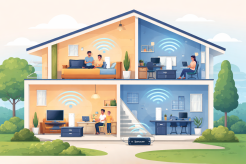
Fri, Jan 16, 2026 9:17 PM
SubscriptionSpectrum WiFi Extenders Explained: Coverage Without the Headaches
Learn how Spectrum WiFi Extenders work, what they cost, and whether renting extenders or buying your own mesh WiFi system makes more sense.
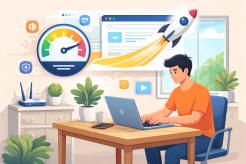
Thu, Jan 15, 2026 3:58 AM
TechnologySimple Ways to Browse the Internet Faster Without the Frustration
Learn practical ways to browse the internet faster by optimizing your browser, DNS, router, and connection for smoother, more reliable web performance.
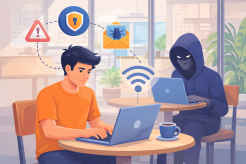
Thu, Jan 15, 2026 1:15 AM
Technology SafetyHow to Protect yourself from the Dangers of Public Wi-fi
Wi-Fi clients are in danger from programmers or hackers, yet luckily there are shields against them. The ongoing blast of free
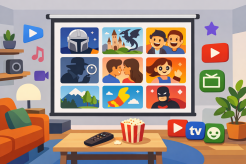
Wed, Jan 14, 2026 10:51 PM
Internet BundlesThe Best Free TV and Movie Streaming Services 2026
Discover the best free TV and movie streaming services. Enjoy on-demand movies, live channels, and cable alternatives without spending a dime.
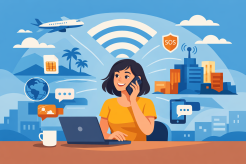
Wed, Jan 14, 2026 9:53 PM
WifiUnderstanding WiFi Calling: Stay Connected Anywhere
Learn how WiFi calling works, its benefits, and how to set it up for reliable, cost-effective mobile communication at home or while traveling.